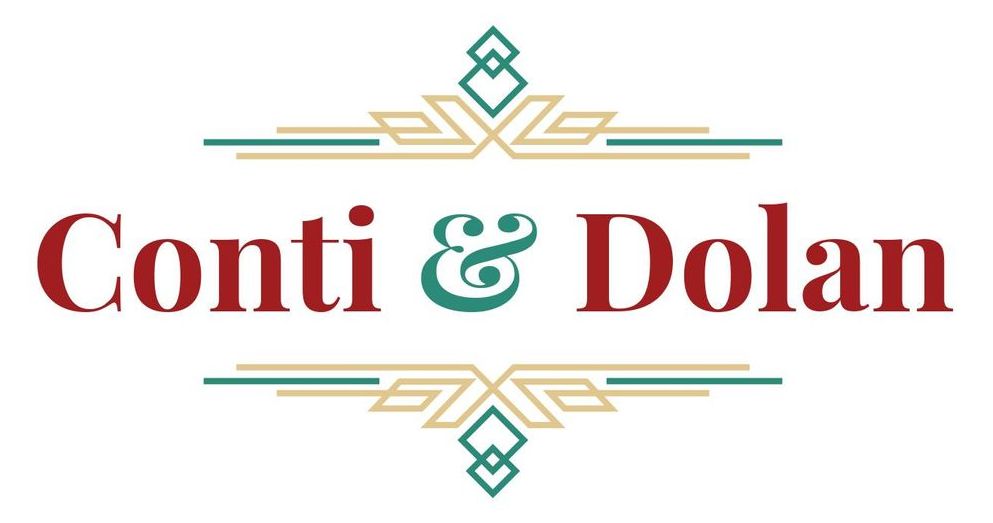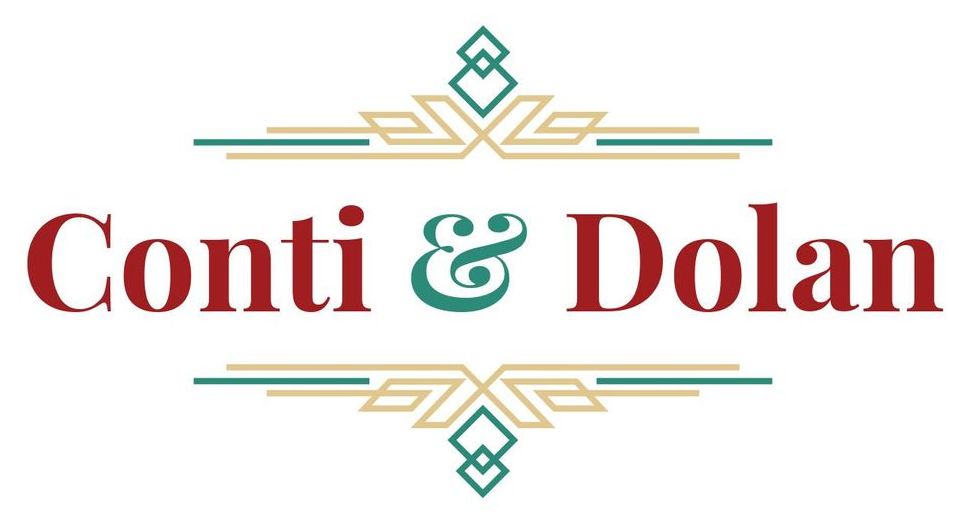Elements of a Lawsuit
Most people have never been directly involved in a lawsuit, and have never been involved with the federal or Illinois court systems. Often, people are surprised by the amount of work and time involved in litigation. However, litigation is not as complex as it may seem, once the various elements are broken down and individually examined. Our employment attorneys are experienced in both negotiation and litigation, and strive to achieve the best and most efficient resolution for each of our clients.
Different types of lawsuits will proceed differently, based on the circumstances of the case. Generally, however, there are a number of steps through which each case will proceed before resolution. Those steps are listed and briefly described below.
Negotiation and Settlement
Ideally, every case would reach resolution outside of court, without the burden and necessity of filing a lawsuit. Settlement is cost-efficient, and saves every party the time, money, uncertainty, and emotional investment of litigation. Unfortunately, it is not always possible to amicably settle a case without filing a civil lawsuit.
However, even after a lawsuit is filed, the parties may still settle at any time before a final resolution takes place.
Exhaustion of Administrative Remedies
For some claims, individuals may proceed directly to state or federal court to file a lawsuit. These claims include those for unpaid wages and overtime under the Fair Labor Standards Act, Illinois Minimum Wage Law, or Illinois Wage Payment and Collection Act, or for claims of other unlawful activity such as violations of the Family and Medical Leave Act. For other matters, however, such as claims under the Age Discrimination and Employment Act, Americans with Disabilities Act, or Title VII, the individual must exhaust his or her administrative remedies before filing a civil suit.
“Exhausting administrative remedies” means that before filing suit, the individual must file a charge of discrimination with the Illinois Department of Human Rights or the Equal Employment Opportunity Commission. These agencies will administer the applicable laws and conduct a thorough investigation of the alleged facts. After the period of investigation, the administrative agencies will render a decision on the merits of the claim. Thereafter, the individual may receive permission to file a lawsuit in court.
Filing a Complaint
When an individual decides to file a lawsuit, he or she must initiate proceedings by filing a Complaint in state or federal court (depending on the applicable law). The individual filing the Complaint becomes the Plaintiff in the lawsuit. The party against whom the suit is filed – the employer – is referred to as the Defendant. The Complaint generally describes the facts that led to the filing of the lawsuit, and sets forth the type of claim the Plaintiff is filing.
When the Plaintiff files his or her Complaint with the court, a copy of the Complaint is also served, by a registered process server, upon the Defendant. Once a Complaint is filed, the Defendant must not contact the Plaintiff with regard to the substance of the Complaint. Rather, the Defendant should direct all communications to the Plaintiff’s attorney.
Responsive Pleadings
Once the Complaint is served upon the Defendant, the Defendant has at least twenty-one days to file a responsive pleading. This responsive pleading will be one of two documents: an Answer (responding to each paragraph of the Complaint) or a Motion to Dismiss. If the Defendant files a Motion to Dismiss, the judge must decide whether the Complaint alleges sufficient information to, if true, establish that the Defendant violated the law. If the judge finds that there is sufficient information, he or she will then order the Defendant to file an Answer to the Complaint.
After the Defendant has had an opportunity to respond to the Complaint, the judge will order both parties to appear before the court, and will often schedule a timeline for the parties to follow. The timeline will include due dates for the close of discovery and an estimate of dates for trial and related procedures. The parties will be required to adhere to this timeline or gain permission for extensions if adherence is not possible.
Discovery
Often, cases will settle out of court before discovery takes place. However, sometimes cases reach the discovery stage. “Discovery” basically means “information exchange.” It is a legal term of art referring to a number of formal mechanisms that parties to a lawsuit may use to obtain information from each other, as well as from neutral witnesses.
Essentially, parties to a lawsuit engage in discovery so that there are no “surprises” at trial. Through discovery, each party obtains a rounded understanding of the other side’s arguments and evidence. There are five primary types of discovery: disclosures, requests for admissions, interrogatories, document requests, and depositions.
- Disclosures are written documents exchanged between the parties at the start of discovery, in which the parties list their potential witnesses and describe the damages they believe are involved in the suit.
- Requests for admissions are written documents exchanged between the parties. These documents contain a number of short statements of fact, which the other party must either admit or deny.
- Interrogatories are lists of questions that each party must respond to in writing and under oath.
- Document requests ask each party to provide the other with records and other documents that may prove elements of the case.
- Depositions are question and answer sessions. All parties at a deposition are represented by counsel. Depositions typically take place in a lawyer’s office, in front of a court reporter who takes down the witness’ testimony verbatim and produces a written transcript.
The discovery process typically takes a number of months to complete, and may require either little or substantial participation from the Plaintiff, depending on the circumstances of the case.
Dispositive Motions
After discovery, either party may file a “Motion for Summary Judgment,” which asks the court to rule on, and possibly dispose of, the case. A Motion for Summary Judgment may only be granted – and case may be disposed of – if there are no issues of material fact and the moving party (typically the employer) is entitled to judgment as a matter of law. In other words, if there are questions of fact, such as doubts as to whether a certain event took place, then the judge cannot grant the Motion for Summary Judgment and the case must proceed. At that point, it proceeds to a jury or other finder of fact, who hears witness testimony during trial in order to decide which side of the story is more credible.
Pre-Trial Order and Trial
In Illinois (the Seventh Circuit in federal court), nearly 98% of filed cases settle before reaching the trial stage. However, for those rare cases that do proceed to trial, the parties must file a Pre-Trial Order. This document lists all the witnesses who will testify, documents that will be used, and instructions that will be given to the jury.
Trials may either take place before a jury (a jury trial) or before a judge (a bench trial). If the case is before a jury, the parties will take time to pick a jury. Next, in both jury and bench trials, the parties will present their cases by issuing opening statements, examining witnesses, presenting evidence in the case, and making closing statements to summarize their case. The jury in a jury trial, or the judge in a bench trial, will then decide its ruling.


